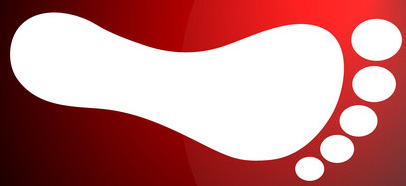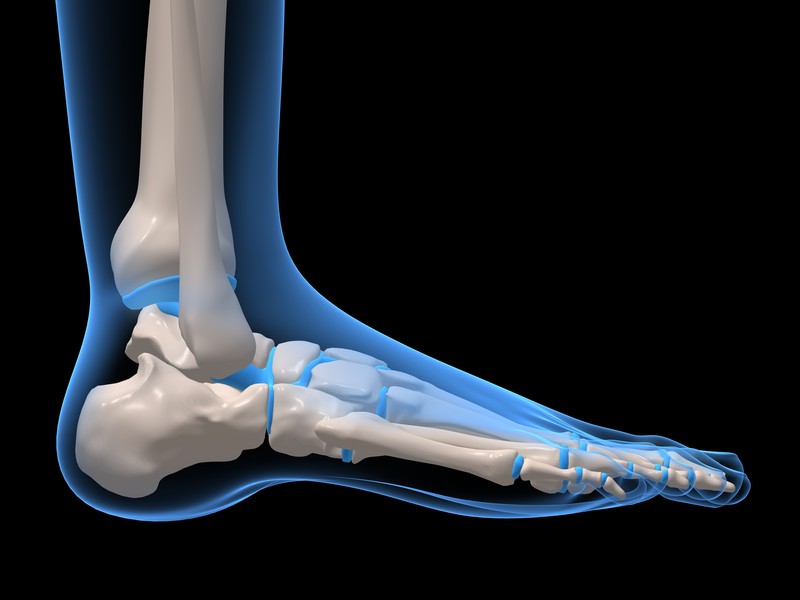Mbodies newsletter
The Foot : Foot mechanics & Medical Background

■ Introduction
This lecture course highlights the amazing foot and ankle complex.
The foot alone has 26 bones and 57 joints. It rarely works in isolation from the rest of the body.
Foot types vary between the flat foot and the arched foot. The Pilates Foot can be broken up into 5 arches.
The biomechanical impact each foot type makes is felt throughout the entire leg and into the spinal system.
Become informed about the many questions our clients ask of us.
Learn about the basics of the variety of foot issues that affect the general population.
Pilates is the perfect medium to address the many foot issues of our clients.
■ Objectives
At the end of this program, participants will be able to:
- Describe the embryological origins of the foot, and normal development of the limbs
- Identify the general joints, bones, extrinsic and intrinsic muscles of the ankle/foot complex
- Identify the surface anatomy of the bones and muscles of the calf/ foot complex
- Describe and identify the shapes, axes and arches of the feet
- Identify the biomechanical implications for the cavus versus the planus foot
- Describe the action of the ab- and ad-ductors of the toes
- Describe common foot conditions that a Pilates instructor will likely encounter, including: bunions, bursitis, over-pronation, ‘navicular drop’, severe high arch (equinuus), Morton’s neuroma, sesamoiditis, bone spurs, toe sprain, stubbed toe (turf toe)
- Describe the use of contrast baths along with its dangers and helpful hints
- Use of Kinesio tape, toe spacers, heel lifts, shims, orthotics

■ Prerequisites
This workshop will suit :
All qualified Pilates instructors
Medically trained movement rehab professionals : Physiotherapists, Chiropractors, Osteopats etc
Advanced fitness professionals
Dance and sports conditioning professionals
■ Duration
7 hours
- Assessment techniques for Scoliosis management
- Assymetry and Functional Correction
- Pilates based treatment of Scoliosis, focusing on Motor Control and Recruitment/ Mat
- Pilates Programming for Scoliosis
- Scoliosis etiology, Background and Spinal Mechanics
- The Foot : Pilates based treatment, Motor Control and Recruitment
- The Foot: Assessment techniques for Foot management
- The Hypermobile Client in the Pilates Environment
- The KEYS of Scoliosis Management in the Pilates Apparatus Environment
- Transforming Gait
